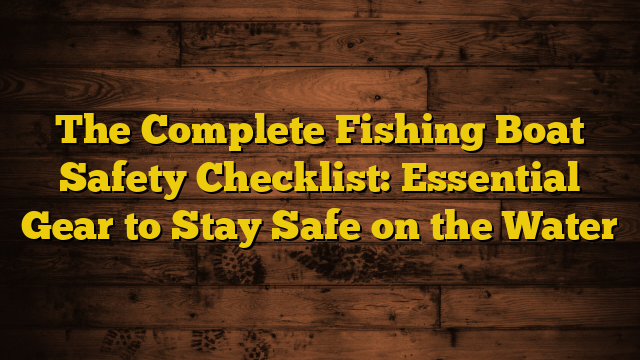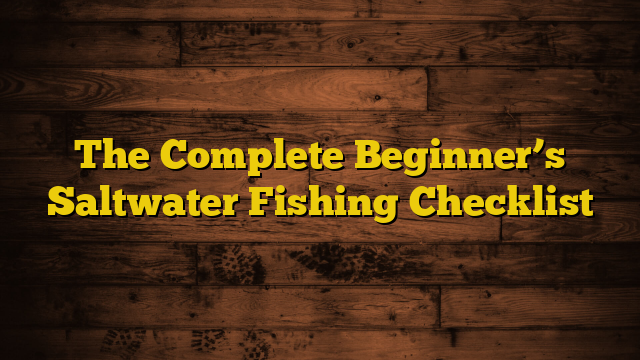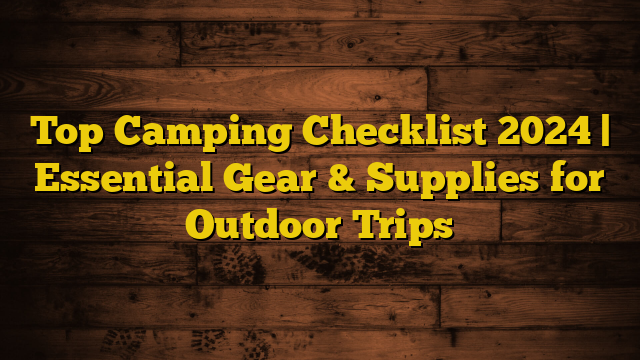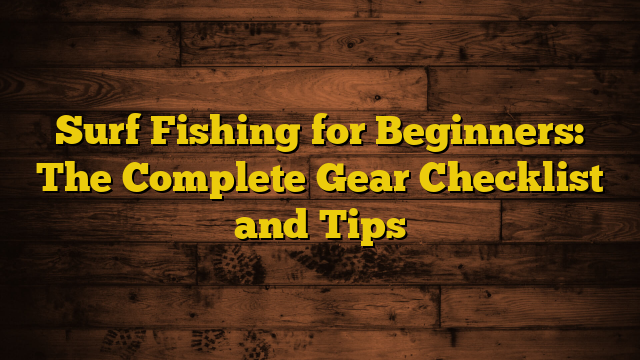Heading out for a day of fishing but want to ensure you have all essential safety gear on board? This detailed fishing boat safety checklist will cover everything required to make each trip safe and incident-free.
While a day on the water fishing promises fun and relaxation, it also comes with elements of risk. As captain, being prepared for any situation or emergency is your top responsibility to passengers and fellow boaters. Safety requires proactive planning and preparedness.
Use this guide to learn the fundamental knowledge, equipment, accessories, and boating safety gear every vessel must have on board. Checking each item off this list gives peace of mind that you have performed due diligence for smooth and safe voyages. Follow it closely so you can focus on landing fish rather than worrying about hazards.
Required Boating Safety Equipment
The U.S Coast Guard mandates certain equipment be on recreational boats to meet federal and state legal requirements. Always verify regulations for your vessel class and local waters, but universally required gear includes:
Life Jackets and Throwables
U.S. Coast Guard approved wearable life jackets for each passenger and throwable floatation devices like life rings. Wearable jackets must fit properly. Inspect for recalls and damage.
Visual Distress Signals
Have onboard current flares, emergency signal flags, reflective mirrors, or flashlights for emergencies that attract attention.
Fire Extinguishers
Verified marine-grade fire extinguishers installed in readily accessible locations. Check charge levels monthly.
Sound Signaling Device
Boat air horn, whistle, or other sound maker for navigational signaling. Test before each trip.
Navigation Lights
Proper nighttime navigation lighting like red/green bow lights, white stern light, and all-around white anchor light. Bring spares.
Marine Radio or Emergency Communications
VHF radio minimum or emergency satellite beacon like a PLB. Program key emergency channels.
Boat Registration/Numbering
Current registration sticker and hull numbers properly affixed and legible. Confirm registration is in good standing.
Additional Recommended Boating Safety Equipment
While not legally mandated, we strongly recommending also carrying:
- First aid kit and manual
- Tool kit with spare parts for minor repairs
- Anchor with sufficient line for your targeted depths
- Backup forms of navigation like compass and GPS
- Emergency supplies like food, water, cash
- Sun protection like hats and UV shirts
- Transom mounted reboarding ladder
- Line for towing or anchor raise recovery
- Physical marine or navigation maps if going far offshore
- Float plan – Tell someone your trip details and return ETA
Preparing for emergencies in advance gives you time to respond appropriately, rather than panicking.
Boating Safety Tips and Best Practices
Beyond equipment, exercising good seamanship, smart planning, and sound decision making keeps everyone safe:
Take a Boating Safety Course
All operators should take an accredited hands-on boating safety course to learn best practices. Includes navigation rules, emergency response, etc.
Avoid Overloading
Follow passenger and weight limits. Don’t overload the vessel. Keep load balanced.
Conduct Safety Drills
Practice “man overboard” recovery, radio distress calls, deploying life jackets, anchoring, etc.
Boat Sober
Never operate a vessel while intoxicated. Alcohol impairs judgement and reaction times.
Monitor Weather Continuously
Check forecasts before and during trips. Head to shore early if storms approach.
File Float Plan
Tell someone where you are going and when you plan to return as a precaution.
Use Kill Switch Lanyard
Always attach engine cutoff lanyard to your body when equipped. Stops runaway boats if ejected.
Watch Carbon Monoxide
Stay aware of exhaust leaks and don’t loiter near idling engines.
Bring Tools, Spare Parts
Carry tools, spare drain plugs, starter ropes, prop nuts, and parts for repairs.
Leave Border Buffer
Give yourself abundant time and fuel to return safely before darkness and inclement weather arrive.
Conclusion on Fishing Boat Safety
This detailed safety checklist provided everything legally required along with recommended best practices to maximize safety for you and your passengers while fishing from boats.
Follow it closely and focus your attention on catching fish rather than worrying about hazards or emergencies on the water. By proactively addressing risks, you can relax and enjoy your time fishing from a boat.
Remember that preparation is the key to safe boating. Conduct inspections, drills, and checklists before each and every trip – no matter how routine. Don’t become complacent. Failing to respect the water’s power or prepare for problems invites needless risk and liability.
Safe voyages lead to fond memories. Use this checklist as your guide to exercising smart seamanship every time you head out fishing from a boat.







